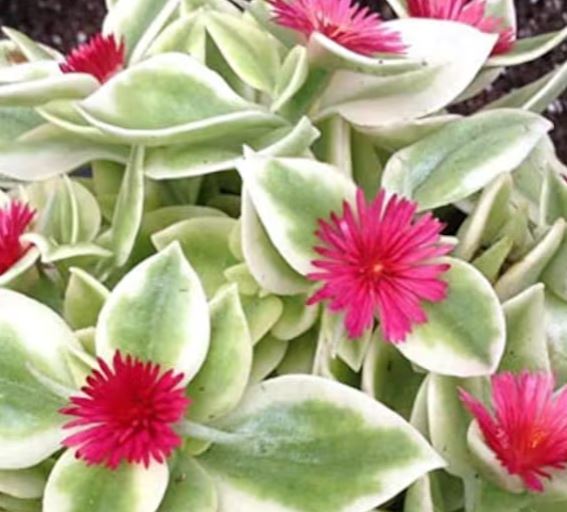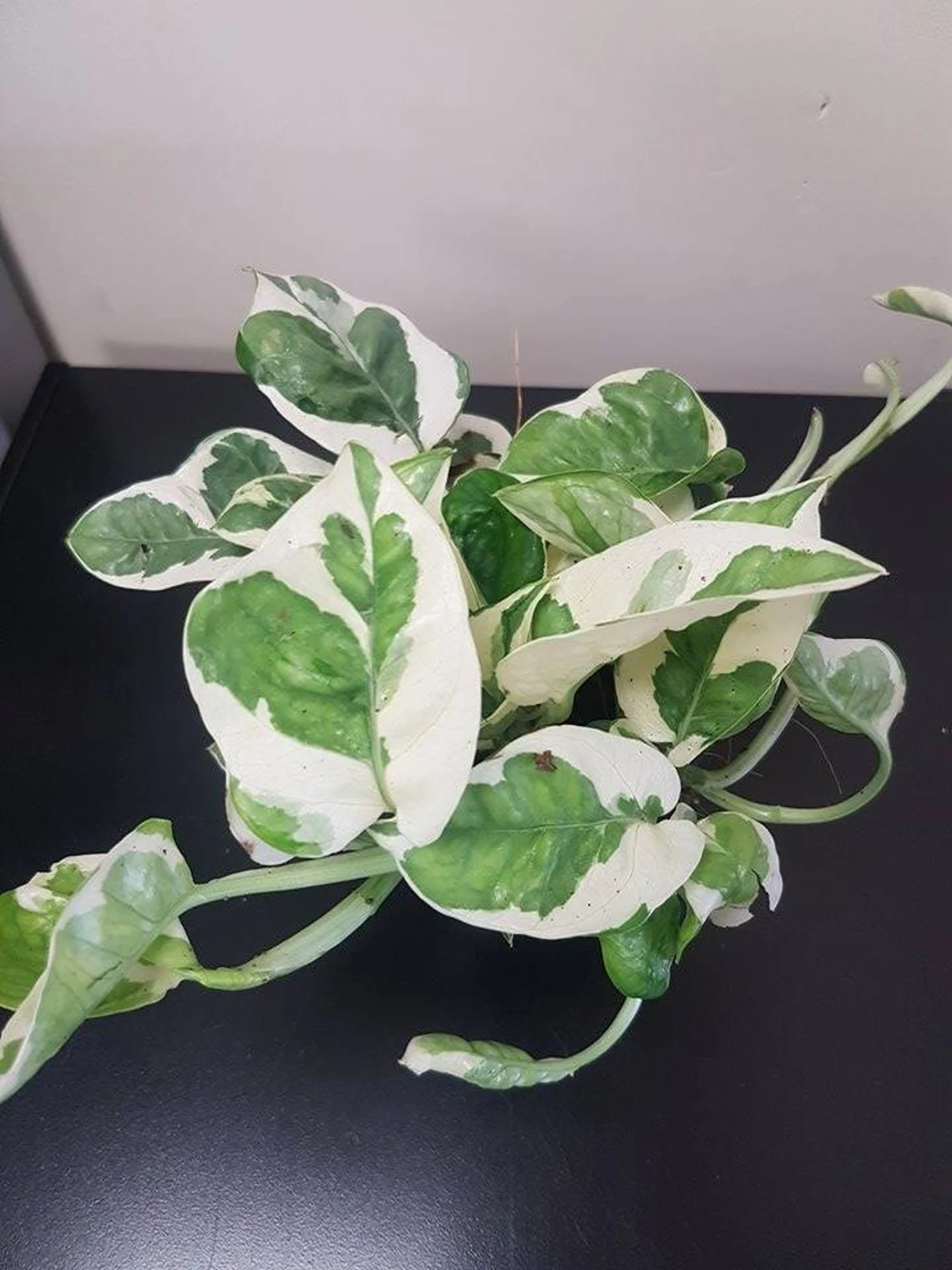Introduction
Red Baby Sun Rose, also known as Aptenia Cordifolia, is a vibrant and low-maintenance succulent that can be easily propagated from cuttings. This guide will walk you through the steps of caring for red baby sun rose cuttings in water, ensuring their successful growth and thriving.
Care Guide (For Water Only)
Step 1: Preparing the Cuttings
1. Select healthy red baby sun rose cuttings that are around 3-4 inches long. Make sure they have at least three sets of leaves.
2. Using clean, sharp scissors or garden shears, make a clean cut just below the node, which is the area where the leaf meets the stem.
Step 2: Rooting the Cuttings
1. Fill a clean glass or plastic container with distilled or filtered water, leaving a few inches of space from the top.
2. If desired, dip the cut end of each cutting into rooting hormone, following the manufacturer’s instructions.
3. Place the cuttings into the water, ensuring that the nodes are submerged while the leaves remain above the water surface. You can use toothpicks or a small wire grid to support the cuttings if necessary.
4. Keep the container in a well-lit area, but away from direct sunlight, as excessive heat can cause the water to evaporate too quickly.
Step 3: Maintaining the Cuttings
1. Check the water level regularly and replenish as needed to keep the nodes submerged. It is important to maintain a consistent water level to promote root growth.
2. Change the water every 2-3 days to prevent bacterial growth.
3. Mist the leaves of the cuttings with water using a spray bottle every few days to provide additional moisture and prevent them from drying out.
4. Observe the cuttings for signs of root development, such as small white roots emerging from the nodes. This process usually takes around 2-4 weeks.
5. Once significant root growth is visible, you can transfer the rooted cuttings into a well-draining potting mix or directly into the garden, if desired.
Care Guide (For Soil)
1. Preparing the Soil:
– Choose a well-draining soil mixture that is rich in organic matter. This will provide the necessary nutrients for the cuttings to establish roots.
– Fill the planting pots or containers with the soil mixture, leaving about an inch of space at the top for watering.
2. Taking Cuttings:
– Select healthy stems from the red baby sun rose plant that are approximately 4-6 inches long.
– Make a clean cut just below a leaf node using a sharp and sterile pair of pruning shears.
– Remove the lower leaves, leaving only a few leaves at the top.
3. Planting the Cuttings:
– Create a small hole in the soil using your finger or a pencil.
– Gently insert the cutting into the hole, ensuring that at least one or two leaf nodes are buried in the soil.
– Firmly press the soil around the base of the cutting to provide stability.
4. Watering:
– After planting the cuttings, water the soil thoroughly until it is evenly moist. Avoid overwatering, as it may lead to root rot.
– Monitor the moisture levels of the soil regularly and water whenever the top inch feels dry.
– It is best to water from the base of the plant to avoid wetting the leaves, as this can promote fungal diseases.
5. Providing Optimal Conditions:
– Place the planted cuttings in a location that receives bright, indirect sunlight.
– Maintain a temperature of around 70-80°F (21-27°C) for optimal growth.
– Red baby sun rose plants prefer a humid environment, so misting the leaves with water once or twice a day can help increase humidity levels.
6. Optional Steps:
– Fertilize the plants every two weeks during the growing season with a balanced liquid fertilizer, following the manufacturer’s instructions.
– Apply a layer of organic mulch around the base of the plants to help retain moisture and suppress weed growth.
7. Monitoring and Maintenance:
– Regularly inspect the plants for any signs of pests or diseases. If detected, take appropriate measures such as using organic insecticides or fungicides.
– Prune any dead or unhealthy growth to encourage new growth and maintain the desired shape of the plants.
– As the plants grow, you may need to repot them into larger containers to accommodate their expanding root systems.
Questions or Concerns
Proudly powered by WordPress





